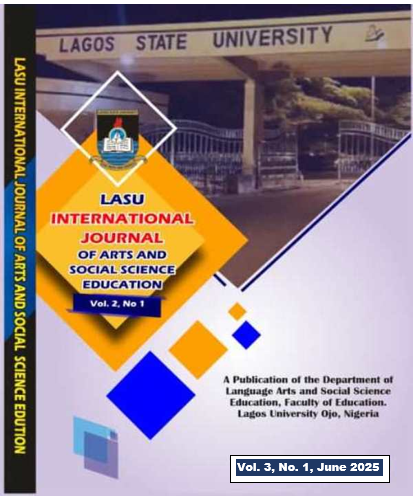BEYOND DEDICATED LANES: EVALUATING OPERATIONAL REALITIES AND PATRONAGE OF BUS FRANCHISE SCHEMES IN LAGOS METROPOLIS
This study assesses the operational realities and patronage trends of the Bus Rapid Transit (BRT) and Lagos Bus (LAGBUS) systems in Lagos Metropolis, aiming to identify key performance indicators and user determinants that can inform service enhancements. Using a mixed-methods approach, primary data were collected through field observations, structured questionnaires for passengers and operators, and interviews. Secondary data were obtained from official records of the Lagos Metropolitan Area Transport Authority (LAMATA) and LAGBUS. We surveyed 330 passengers and 87 drivers at certain bus stops and operational zones. Descriptive statistics, chi-square tests, and multivariate factor analysis were used to look at socio-economic characteristics, service frequency, waiting and dwelling times, and things that affect passenger choice. The results show that both systems mainly serve low-income, working-age commuters who rely heavily on public transportation. However, there are some important differences in how the systems work and who uses them. BRT passengers wait less time and care more about safety, reliability, and system identity. LAGBUS passengers, on the other hand, wait longer but get more frequent services and more buses. BRT usually has longer dwell times because it takes longer for people to board. Factor analysis shows that safety and reliability at the system level are the most important reasons why people use BRT. At the service level, frequency, convenience, and capacity are the most important reasons why people use LAGBUS. The study finds that both schemes are essential for urban mobility in Lagos, but their operational inefficiencies, especially limited fleet capacity, long wait times, and unreliable service, put their ability to meet the growing demand from commuters at risk. To improve service quality and keep ridership in Nigeria's rapidly urbanizing megacity, it is suggested that targeted improvements be made in fleet expansion, operational management, safety measures, and intermodal integration.


